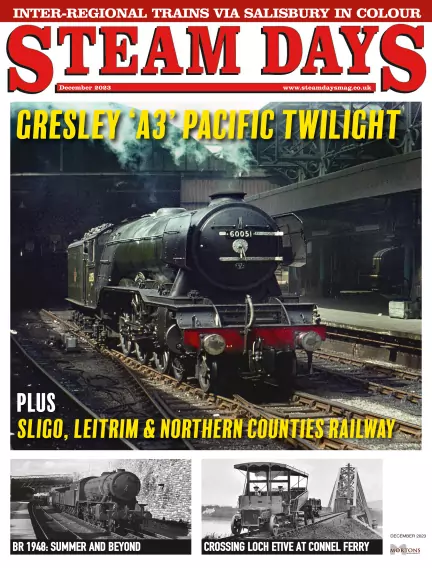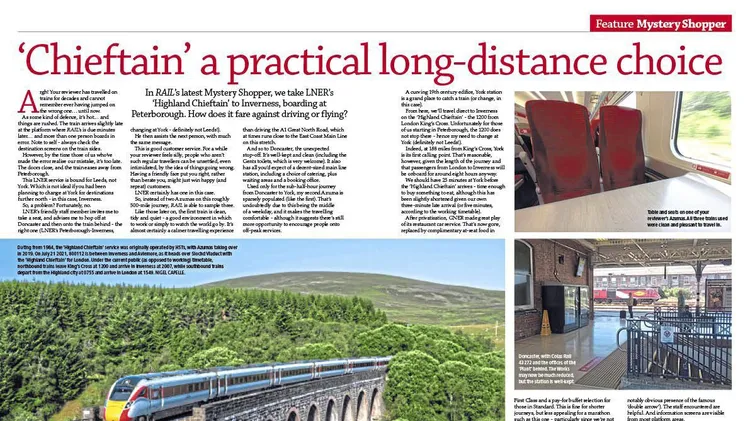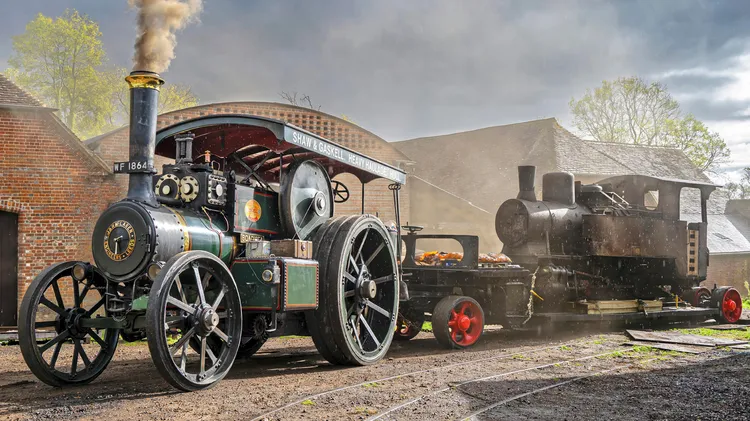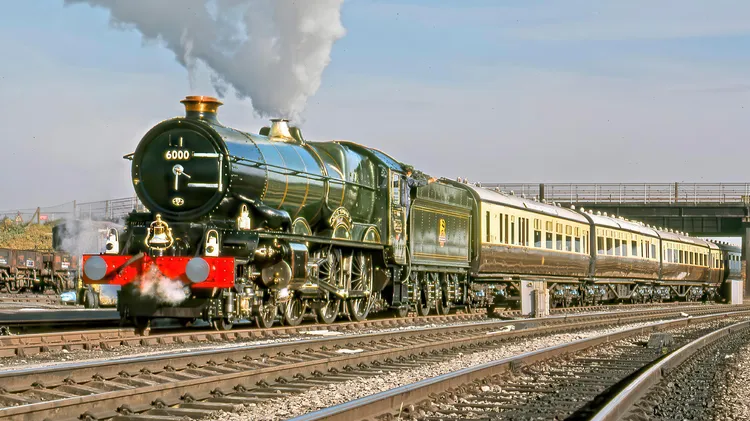In the years af
The sligo, leitrim & northern counties railway cattle to the markets, and more
15 min read
This article is from...
Read this article and 8000+ more magazines and newspapers on Readly






